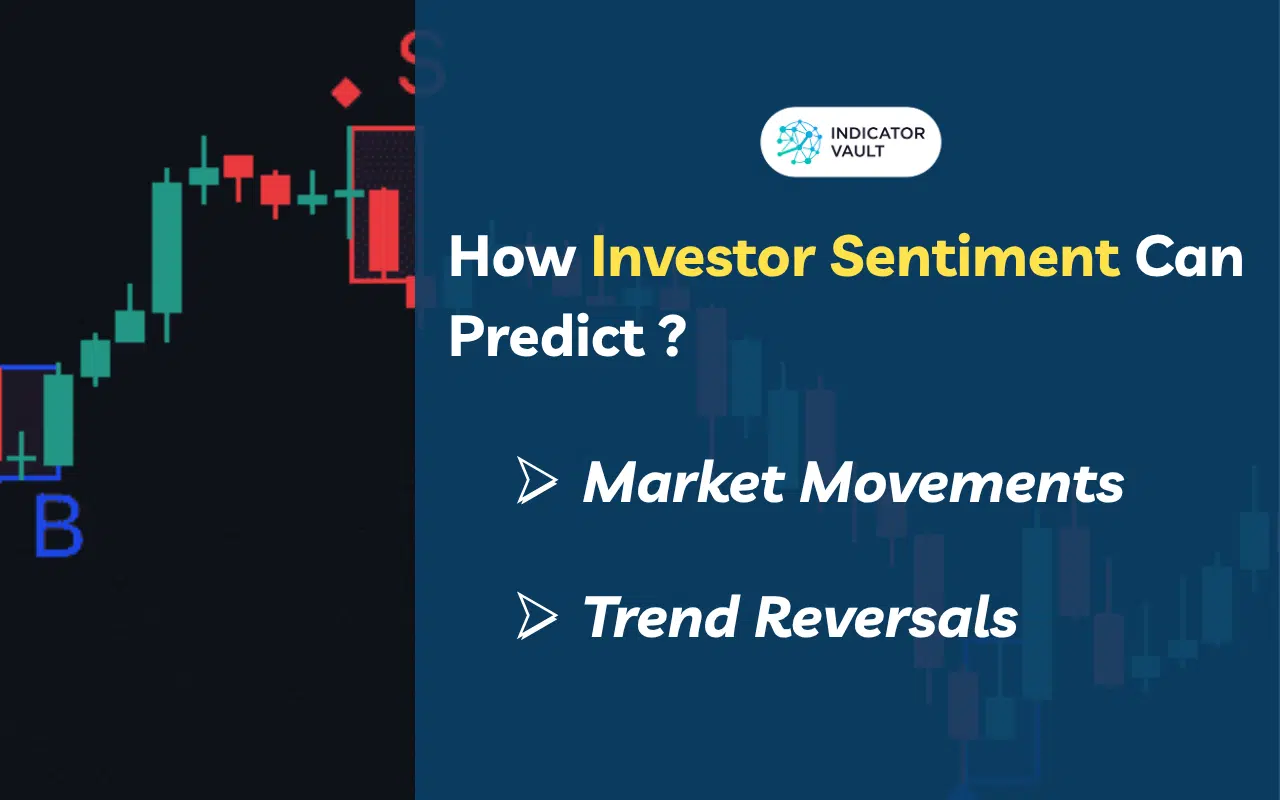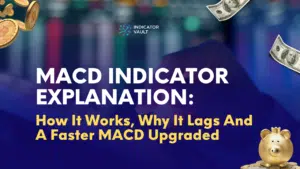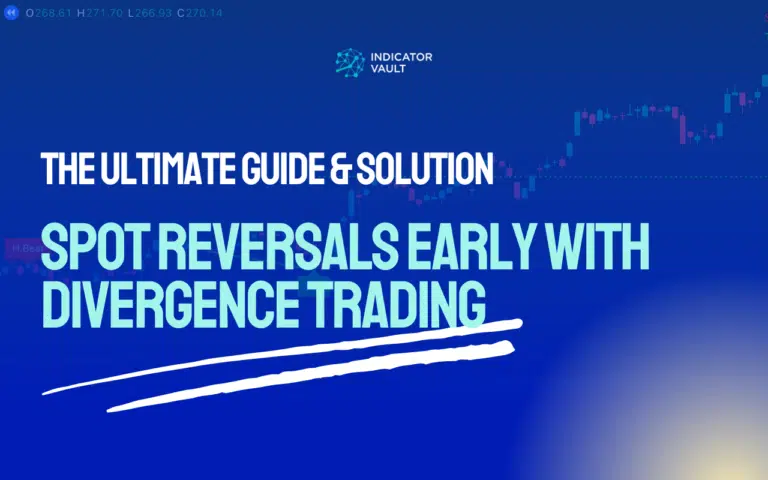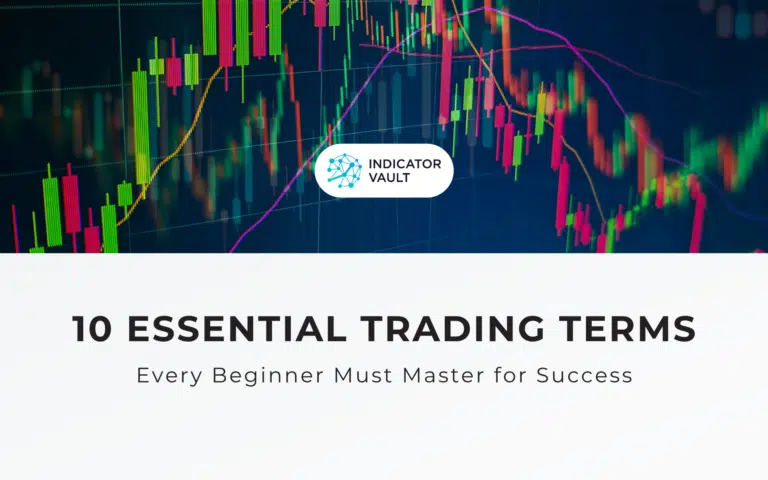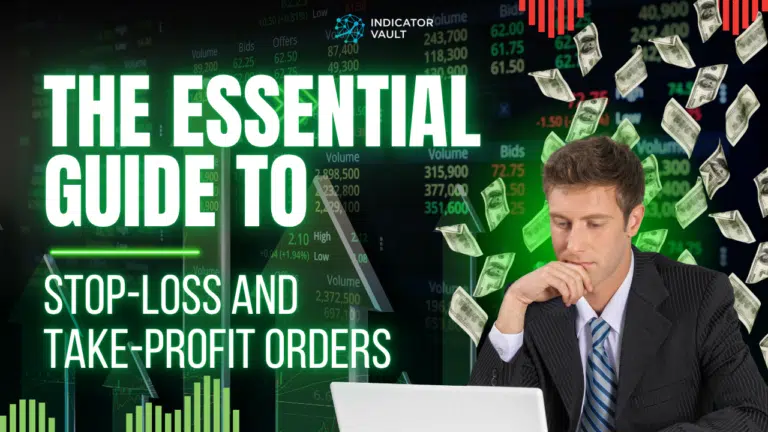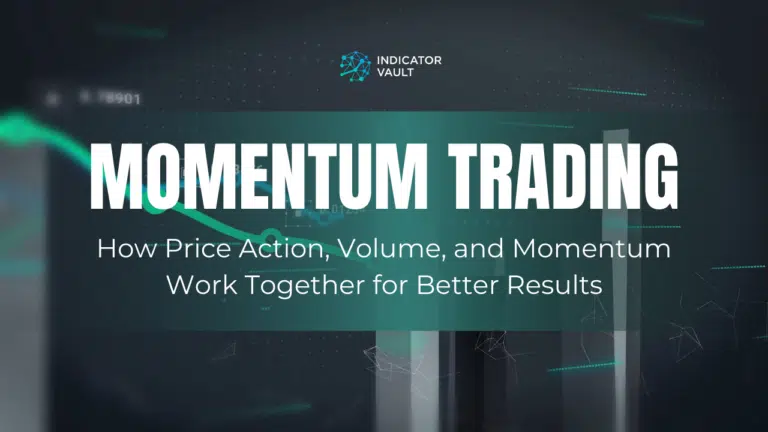Investor sentiment reflects market participants’ collective outlook, whether bullish or bearish. It can predict price movements and trend reversals. Learn how sentiment analysis can enhance your trading strategy for smarter, more informed decisions.
Table of Contents
1. Introduction
Have you ever wondered why markets sometimes defy economic indicators and behave in unexpected ways? It’s the power in the psychology of market participants, a hidden force that drives price movements and can often predict market trends and reversals.
Understanding psychological shifts is crucial because it helps traders anticipate price changes, spot trend reversals, and make more informed trading decisions. In this blog, we’ll explore how sentiment analysis can guide your trading strategy, improve your market predictions, and increase your chances of success.
2. What you need to know about investor sentiment
Investor or market sentiment is the collective psychology of market participants, shaping their buying and selling decisions. It can be optimistic, pessimistic, or neutral, directly influencing price movements. This collective mindset drives the indicators traders and technical analysts use to measure and capitalize on short-term price fluctuations fueled by crowd psychology.

2.1. Psychological factors
Market behavior is deeply influenced by emotions and market psychology. Fear, greed, hope, and uncertainty are powerful drivers that affect how investors behave and make decisions. For example, during periods of extreme optimism, markets can become overvalued, while fear can lead to oversold conditions.
So there are many types of market sentiment that help traders anticipate when a market may be due for a reversal.
2.2. Types of investor behavior
- Bullish: Optimism about the market, typically leading to rising asset prices.
- Bearish: Pessimism, which often causes selling pressure and falling prices.
- Neutral: A balanced outlook, often indicating a consolidation phase in the market.
3. The link between investor behavior and market changes
Investor sentiment directly drives market changes. In the short-term, it can cause price changes as investors react emotionally to news, events, or market conditions. Over the long term, sentiment plays a significant role in determining whether a trend continues or reverses.
Examples:
- The 2008 Financial Crisis: Market fear plummeted as fears of a global recession took hold, leading to massive market sell-offs.
- The 2020 COVID-19 Market Crash: As panic set in, sentiment rapidly shifted from optimism to fear, resulting in sharp declines in global markets.
In both cases, shifts in sentiment caused market movements that were difficult to predict based on traditional indicators alone. Recognizing these shifts early can give traders an advantage.

4. Investor sentiment as a leading indicator
Sentiment can often act as a leading indicator of market trends. When sentiment shifts, it frequently signals that a change in market direction is imminent. This is especially true in cases where emotions moves to extremes, either excessively optimistic (bullish) or excessively pessimistic (bearish).
To track sentiment, traders often use sentiment-based tools and indicators, such as:
- The VIX (Volatility Index) – is driven by option prices, measures market fear and uncertainty.
- Put/Call Ratios – Helps gauge market behavior by comparing put options to call options.
Investor Intelligence Sentiment Index – Provides a snapshot of investor outlook. - Moving Averages – uses the 50-day moving average (MA) and 200-day MA when determining a market’s sentiment.
A surge in bullish sentiment often precedes rising prices, while a shift to bearish sentiment can foreshadow falling prices or trend reversals. Identifying these shifts early can give you a trading edge.
5. Identify trend reversals using investor sentiment
5.1. Reversal signals
Extreme sentiment is often a key signal for market reversals. When investors become overly optimistic or pessimistic, the market may be reaching a turning point.
5.2. The role of divergence
Sentiment divergence is a strong indicator of a potential trend reversal. For example, if the price continues to rise while sentiment starts to weaken, it suggests that the trend may be running out of steam, signaling a reversal.
6. How to use investor behavior in your trading strategy
Sentiment analysis can be used alongside technical and fundamental analysis to spot potential trend reversals. By incorporating sentiment, you can gain confirmation for trends or spot when they’re about to change direction.
To integrate sentiment into your strategy, consider using sentiment indicators like the Market Emotion Switch Indicator. This tool can help you track emotional shifts in the market, offering real-time insights into whether sentiment is shifting from fear to greed or vice versa.
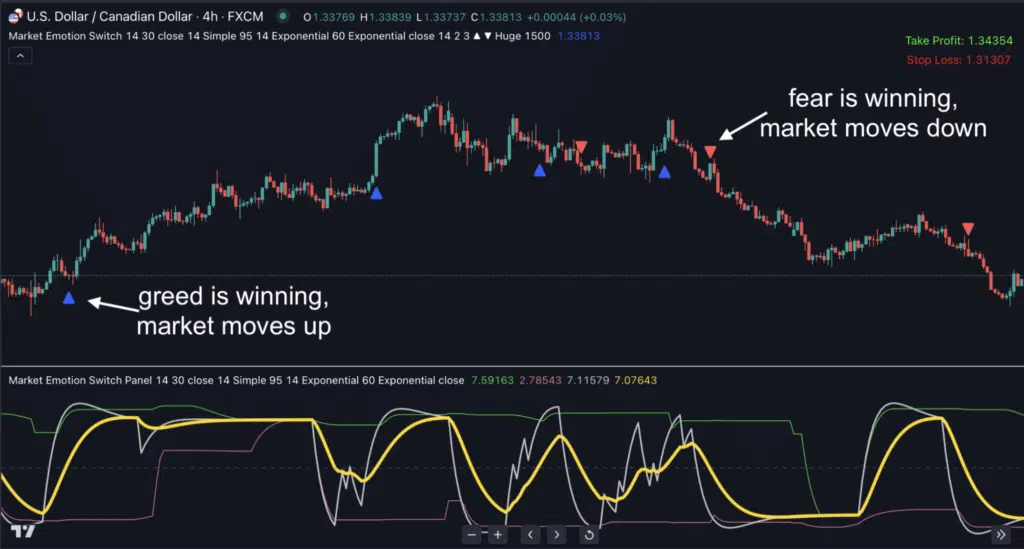
Fortunately, tools like the Moving Average and Market Emotion Switch Indicator can reveal them effortlessly.
Human beings are ultimately responsible for most activities in the finance sphere, and this factor, highlighting it, can be a powerful tool.
Many analysis and forecasting styles depend solely on this concept.
7. Risks and limitations of using investor sentiment
While market sentiment is a valuable tool, it’s important to recognize its limitations.
- False Signals: Sentiment can sometimes be misleading, especially in volatile markets.
- Market Manipulation: Large institutions or media can sway investor’s emotion, leading to false signals.
- Over-reliance on Sentiment: Relying solely on sentiment can result in poor decisions. Always combine it with other analysis techniques.
To minimize these risks, use sentiment analysis in combination with price action tools like the Order Block Indicator for better accuracy.
8. Exploiting every market movements with Order Block Gen indicator for Tradingview
The goal is to gain from price movements regardless of the catalyst, but most beginners need help with the moves’ timing and extent forecasts.
One of the most dependable solutions is Indicator Vault’s Order Block Gen – a technical tool that utilizes institutional order blocks to reveal approaching trends.
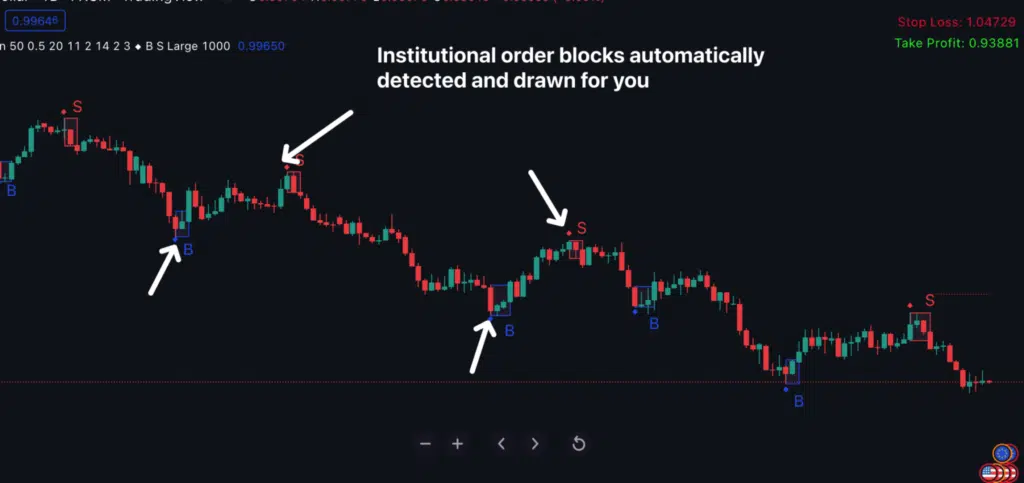
Below are some of the benefits each user enjoys from its application:
- Awareness of potential trend reversals, bullish or bearish
- Increased freedom due to its automated nature
- Improved discernment of the best stop loss and take profit levels
- Liberty to trade in any desired market, e.g., forex, stocks, commodities, etc.
- Opportunity to become a scalper, day trader, or position trader due to the tool’s versatility
- Assurance of partaking in the best opportunities, credit to the indicator’s alert system
Sounds unreal? Confirm Order Block Gen for Tradingview today and bolster your trading performance smoothly.
9. Conclusion
Investor sentiment is an essential tool for predicting price movements and spotting trend reversals. By using sentiment indicators like the Market Emotion Switch Indicator and Order Block Indicator, you can enhance your trading strategy with real-time insights into market psychology and institutional activity.

